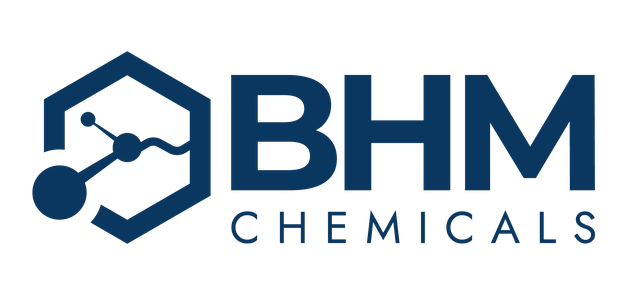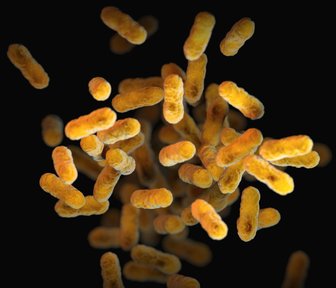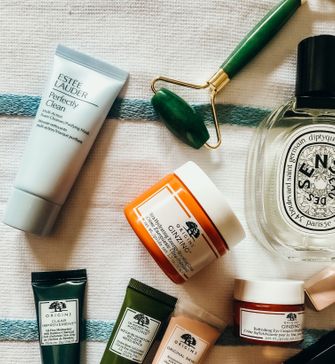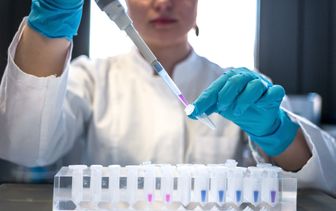Chlorobutanol
PRESERVATIVE
CAS no. 57-15-8
Chlorobutanol, also known as trichloro-2-methyl-2-propanol, is an organic compound composed of carbon, hydrogen, and chlorine atoms. This substance falls into the category of chlorohydrins. It serves multiple purposes such as a preservative, sedative, hypnotic agent, and mild local anesthetic, sharing similarities with chloral hydrate. Beyond these functions, it demonstrates antibacterial and antifungal properties.
BHM Chemicals is a supplier of Ph. Eur. quality Chlorobutanol Hemihydrate suitable for use in various applications.
Minimum order quantity: 25kg
Chlorobutanol, a chlorinated derivative of butanol, has emerged as a versatile compound renowned for its antimicrobial properties and myriad of applications across various industries.
Historical Origins
Chlorobutanol, chemically known as trichloro-2-methyl-2-propanol, was first synthesized in the late 19th century. It gained recognition for its antimicrobial properties, paving the way for its use in pharmaceuticals, cosmetics, and other fields.
Properties
Chlorobutanol possesses several key properties that contribute to its efficacy and versatility:
-
Antimicrobial Activity: One of the primary characteristics of chlorobutanol is its potent antimicrobial action against a broad spectrum of microorganisms, including bacteria, fungi, and some viruses.
-
Solubility and Stability: Chlorobutanol demonstrates good solubility in water and various solvents, allowing for its incorporation into diverse formulations. It also exhibits stability under different environmental conditions.
-
Preservative Qualities: Due to its antimicrobial properties, chlorobutanol is utilized as a preservative in various pharmaceutical, cosmetic, and personal care products.
-
Mild Anesthetic Properties: Chlorobutanol has been reported to possess mild local anesthetic properties, contributing to its use in certain medical formulations.
Uses
Chlorobutanol's versatility is reflected in its widespread applications across different industries:
1. Pharmaceutical Industry:
-
Preservative: Chlorobutanol is commonly used as a preservative in ophthalmic solutions, injectables, and oral formulations due to its ability to inhibit microbial growth.
-
Antimicrobial Agent: It is incorporated into topical creams, ointments, and suppositories for its antimicrobial properties, aiding in the treatment of various skin infections.
2. Cosmetic and Personal Care Products:
- Preservative: Chlorobutanol is utilized in cosmetics, such as creams, lotions, and shampoos, to prevent microbial contamination and extend product shelf life.
3. Laboratory and Research:
- Microbiological Studies: Chlorobutanol is employed in microbiological laboratories for its role in inhibiting microbial growth in culture media, facilitating research endeavors.
4. Industrial Applications:
- Chemical Intermediary: Chlorobutanol serves as an intermediary in the synthesis of other compounds and pharmaceutical derivatives.
Benefits
The diverse applications of chlorobutanol provide various benefits across different sectors:
1. Pharmaceutical Industry:
-
Extended Shelf Life: Chlorobutanol as a preservative prolongs the shelf life of pharmaceutical products, ensuring their stability and efficacy.
-
Enhanced Safety: By inhibiting microbial growth, chlorobutanol helps maintain the safety and quality of medications.
2. Cosmetic and Personal Care Products:
-
Product Stability: Chlorobutanol contributes to the stability of cosmetic and personal care products, preventing spoilage and maintaining their effectiveness.
-
Reduced Contamination: Its antimicrobial properties minimize the risk of contamination in skincare and haircare formulations.
3. Laboratory and Research:
- Reliable Research Medium: Chlorobutanol aids in creating reliable microbiological media by preventing unwanted microbial contamination, supporting accurate research outcomes.
Chlorobutanol's robust antimicrobial properties and multifaceted applications underscore its significance across various industries. Its role as a preservative in pharmaceuticals and personal care products ensures product stability and safety, benefiting consumers and industries alike. Additionally, its contribution to laboratory research by creating reliable microbiological media further emphasizes its importance. As chlorobutanol continues to play a pivotal role in preserving quality, extending shelf life, and preventing microbial contamination, its significance in diverse fields remains integral. Careful consideration of regulations and safety standards ensures its responsible use, optimizing the multitude of benefits it offers across industries.
References
- Kunimoto D.Y., Pandit J.C., Sharma S., Garg P., Rao G.N. (2002) Intracameral cefazolin as prophylaxis against endophthalmitis in cataract surgery. Ophthalmology, 109(11), 2032-2039.
- Weimar, W. R. (2017) United States Patent Application Publication. US 2017/0139882 A1.
- Chen K., Jiang Y., Ren X., Chen S., Cao L., Shi X., Tang Z. (2020) Investigation of the Properties of Chitosan-Based Edible Films Incorporated with Carvacrol and Their Applications in the Preservation of Postharvest Nectarine Fruit. Foods, 9(1), 71.
PRODUCT SPECIFICATION
CHARACTERISTICS
Content (Assay)
Identification
Appearance of solution
Acidity
Chlorides
Water
Sulphated ash
HAZARDOUS IDENTIFICATION
STORAGE
White or almost white crystalline powder or colourless crystals, sublimes readily. Slightly soluble in water, very soluble in ethanol (96%), soluble in glycerol (85%).
Melting point: about 78 °C (without previous drying).
98.0% to 101.0% (dried basis)
Conforms to Ph. Eur. tests
As per Ph. Eur. test: Solution S is not more opalescent than reference suspension II and not more intensely coloured than reference solution BY5
As per Ph. Eur. test: Not more than 1.0 ml of 0.01 M NaOH is required to change the colour of the indicator to blue
Maximum 100ppm
4.5% to 5.5%
Maximum 0.1%
Non-hazardous chemical
Keep container tightly closed in a cool and dry place and protected from light. Protect from contamination by foreign substances.





